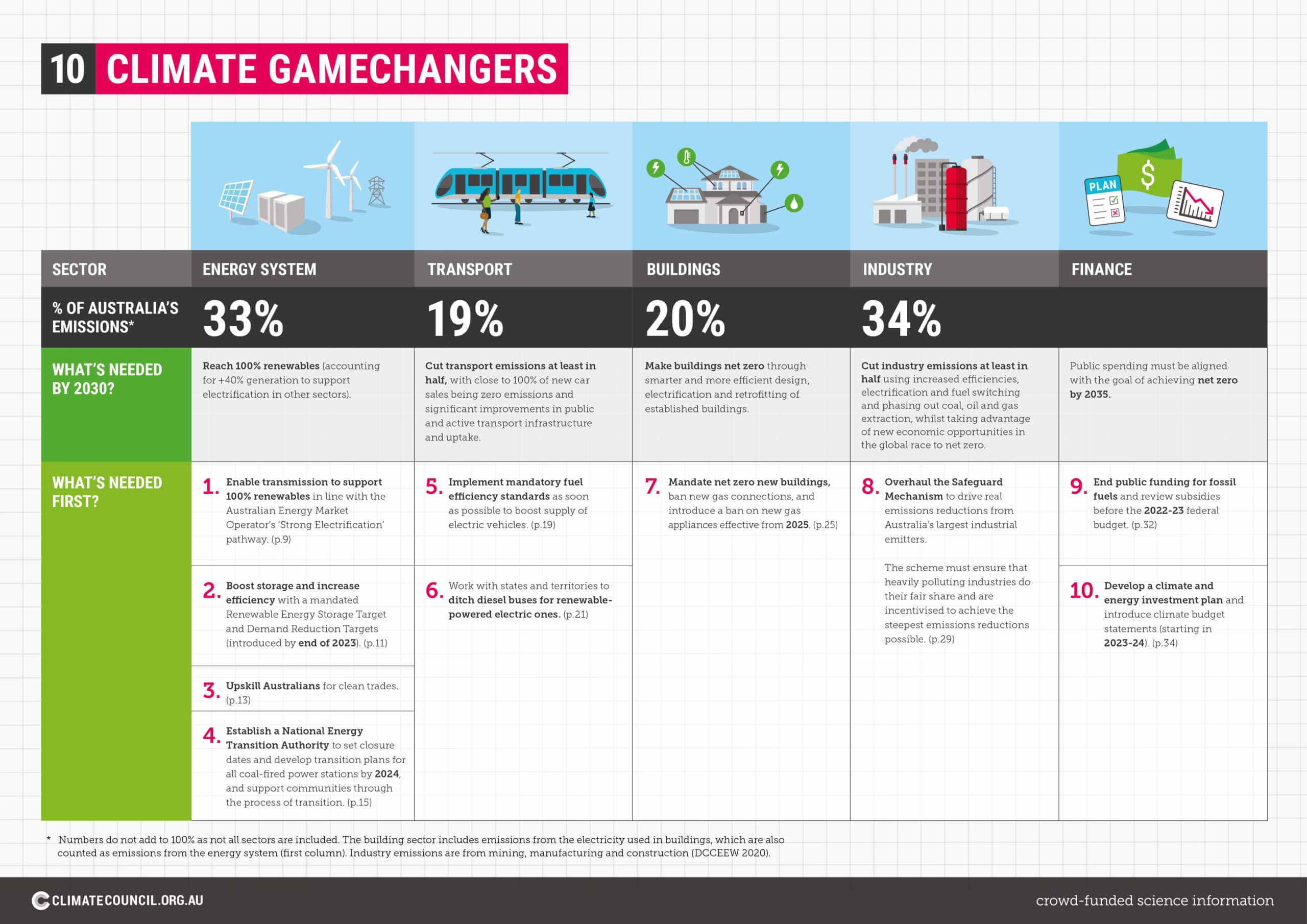Our Vision
Why Power Up
and why now?
Right now, Australians are facing a cost-of-living crisis and an energy crisis, with many Australians facing significant increases in their power bills. In part, the energy and cost-of-living crises are due to our reliance on fossil fuels.

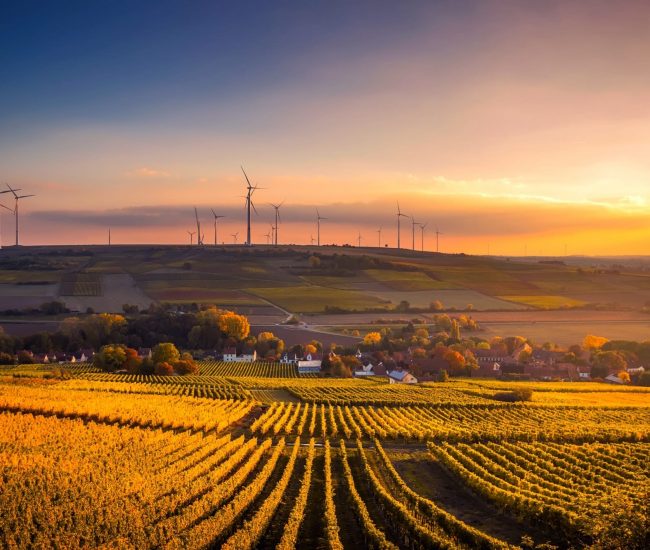
Our Vision
Why Power Up
and why now?
Right now, Australians are facing a cost-of-living crisis and an energy crisis, with many Australians facing significant increases in their power bills. In part, the energy and cost-of-living crises are due to our reliance on fossil fuels.


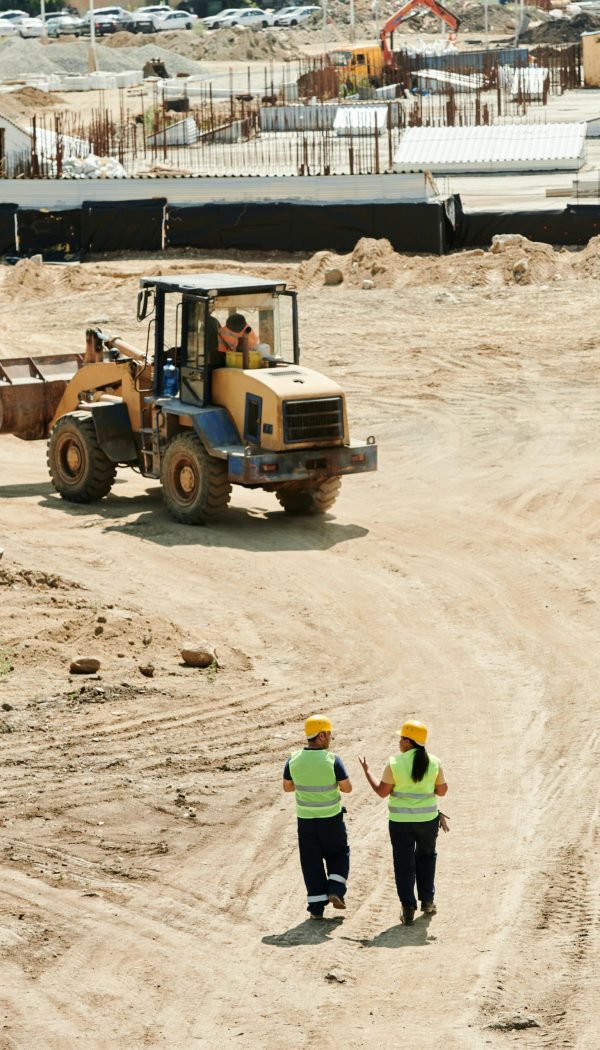
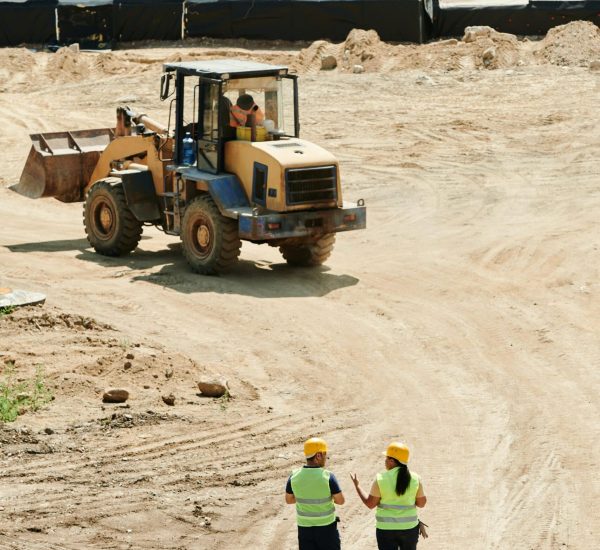
Why now?
In May 2022, a Labor government was elected off the back of a national call from the Australian public for stronger climate action.
To help the Federal Government to rise to the challenge, the Climate Council has outlined these 10 climate gamechangers that can strengthen the economy, put downward pressure on energy prices over the medium to long term and drive steep emissions reductions this decade.
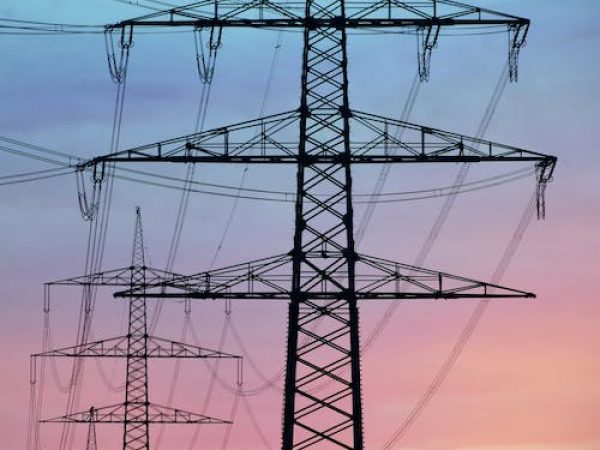
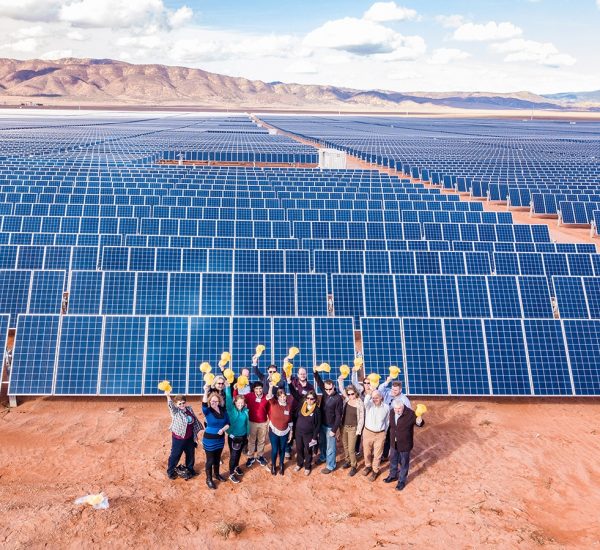
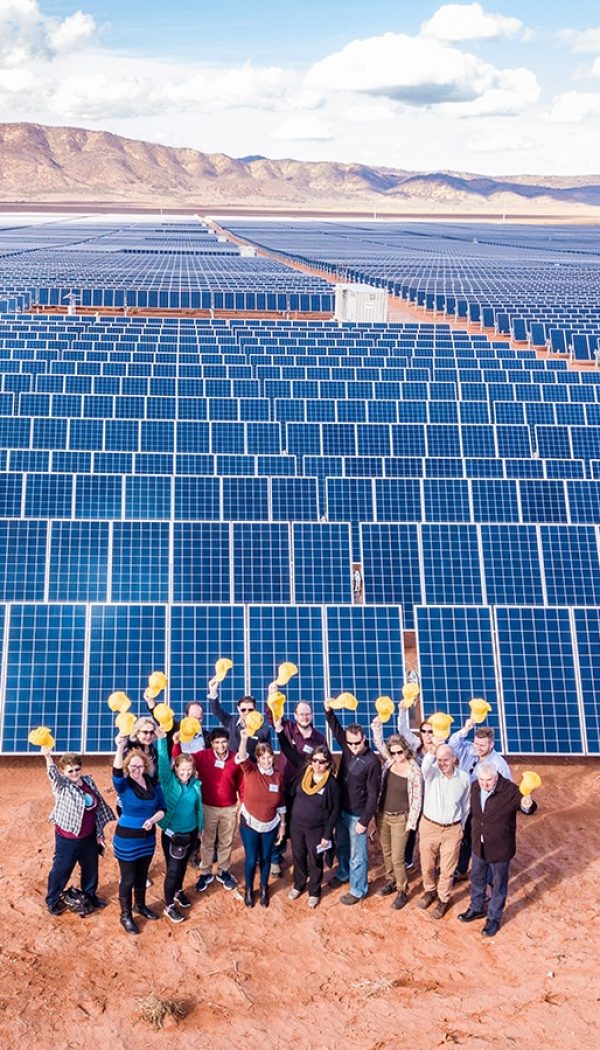
Where are we at?
To avoid the worst climate impacts, global emissions must halve this decade with net zero reached in the early 2040s.
The Federal Government plans to do less than what’s required by reducing national emissions by at least 43% below 2005 levels by 2030, and reaching net zero by 2050.
Australia has already warmed by around 1.4°C and is suffering significant losses from climate change with worse on the way. Extreme weather events – such as bushfires, floods, heatwaves and droughts – are happening more often, and are more severe.
As a wealthy country with huge renewable resources, Australia should aim to reduce its emissions by 75% this decade, and reach net zero emissions shortly after. A clean future is within our grasp, and the solutions that get us there will deliver many benefits. If we don’t seize the opportunity before us then Australians will pay the price.
From here ‘til 2030
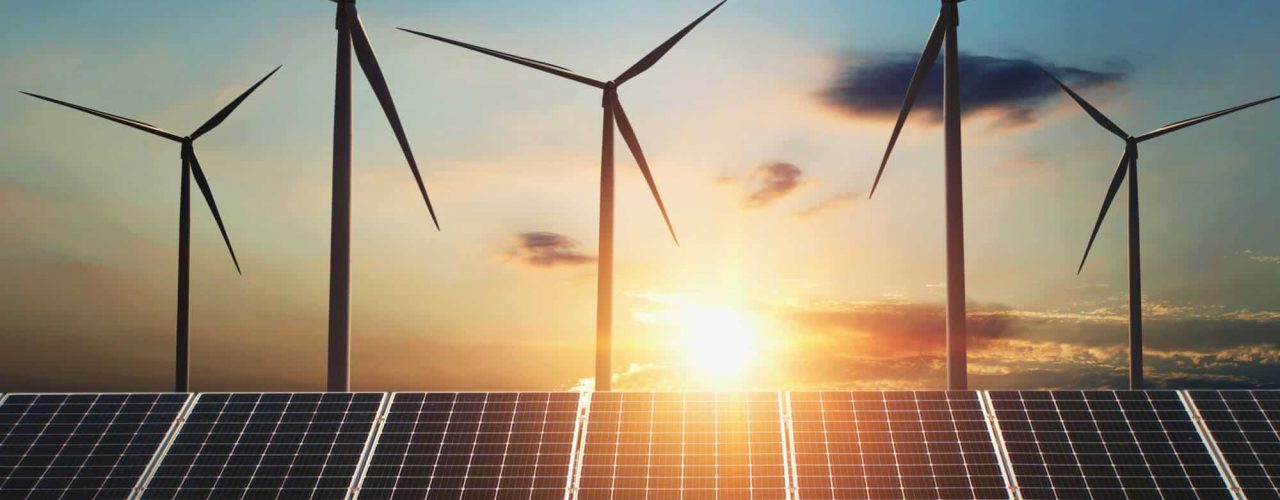
The solutions that reduce emissions – such as renewable energy, electric transport and electric, energy efficient homes – will also address the cost-of-living and energy crises.
The journey to net zero will require transformative change, and we must ensure everyone is brought along in the journey and no one is left behind. Fortunately, solutions that reduce emissions are also major job-creators, especially in regional areas. Investing in skills for these industries can create tens of thousands of jobs. Australia is facing acute worker shortages in clean energy industries — we’ll need to fix this if the Australian economy is to thrive in a low emissions world.

